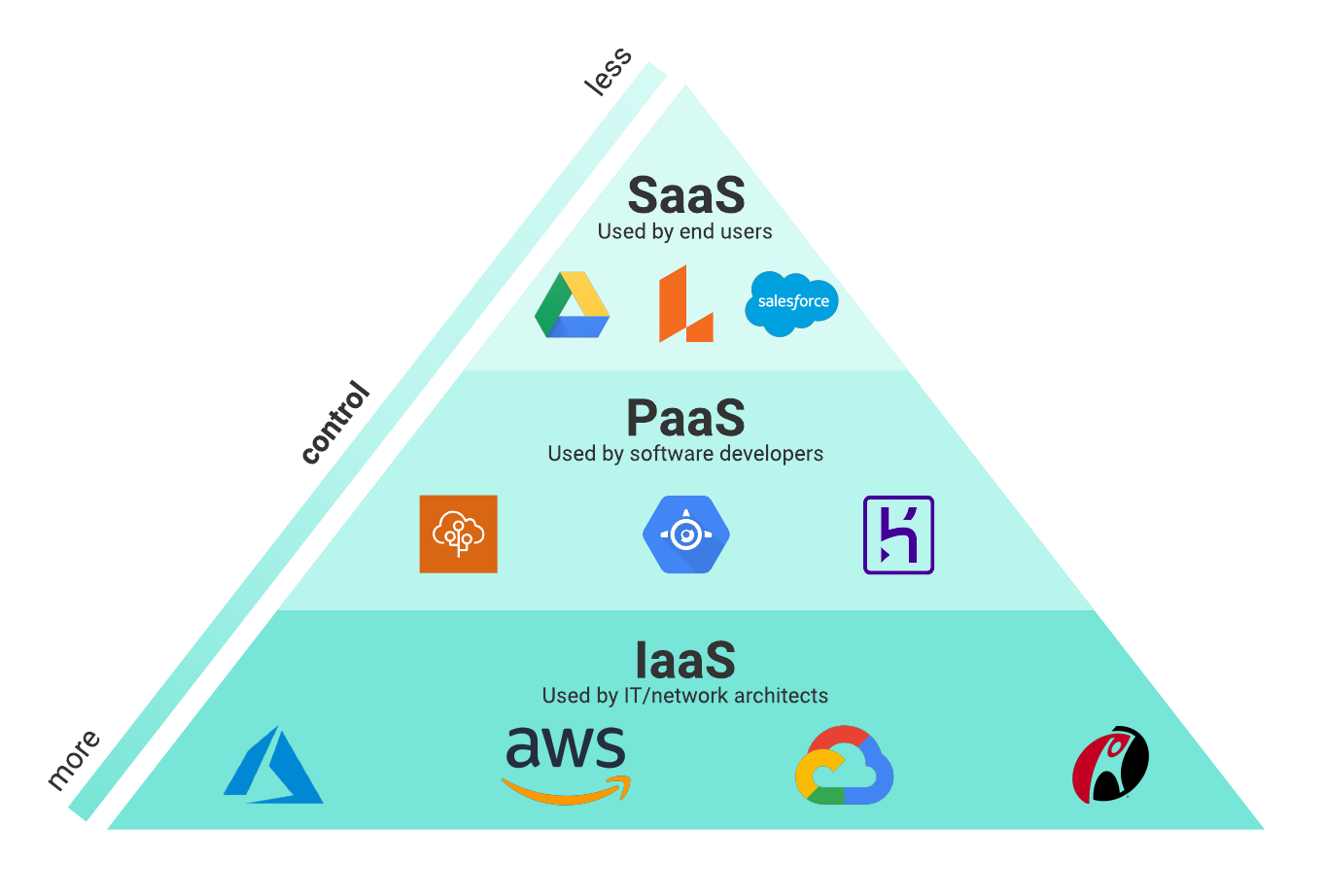Universal Cloud Service: Trustworthy and Efficient Solutions for Your Service
Universal Cloud Service: Trustworthy and Efficient Solutions for Your Service
Blog Article
Achieve Seamless Scalability With Cloud Provider
In the ever-evolving landscape of cloud services, attaining smooth scalability stands as a cornerstone for contemporary organizations looking for to remain competitive and adaptable. The pursuit for seamless scalability with cloud services reveals a globe of possibilities for those willing to welcome the transformative power of vibrant resource administration.
Advantages of Cloud Scalability
Cloud scalability provides organizations the adaptability to dynamically readjust sources based upon need, ensuring optimal performance and price efficiency. One key advantage is the capacity to scale resources up or down quickly in response to changing work. This dexterity enables organizations to satisfy altering client requirements without over-provisioning resources, eventually causing set you back savings. Scalability likewise improves performance by making sure that systems can manage boosted web traffic or workload without experiencing downtime or stagnations. By effectively assigning resources, organizations can maintain high levels of performance during peak times without unnecessary costs throughout quieter periods. Furthermore, cloud scalability promotes development and testing by enabling businesses to conveniently evaluate originalities and scale them as required. This versatility motivates a culture of continual renovation and adaptation, allowing organizations to stay affordable in a rapidly evolving market landscape. Ultimately, the advantages of cloud scalability prolong beyond price financial savings to include improved efficiency, dexterity, and advancement.
Trick Features for Scaling
Effective scaling in cloud solutions counts on vital functions that enable companies to readjust resources dynamically based on need. One important attribute for scaling is flexibility, allowing sources to scale up or down in response to changing work. This guarantees that companies can meet performance requirements without over-provisioning sources. An additional essential attribute is scalability, enabling systems to manage enhanced work by adding resources flawlessly. This feature is critical for accommodating growth without jeopardizing efficiency. Furthermore, automation plays an essential role in scaling by automating the provisioning and de-provisioning of sources based on predefined plans. Automation lowers human intervention, enhances effectiveness, and makes certain rapid reaction to transforming demands. Surveillance and analytics tools are also vital for scaling, giving understandings right into resource usage, efficiency metrics, and potential bottlenecks. These tools make it possible for companies to optimize and make informed decisions source allocation for effective scaling. On the whole, these essential functions jointly empower organizations to achieve seamless scalability in cloud services.
Carrying Out Auto-Scaling Methods
To successfully optimize source allocation and adjust to varying work, organizations have to purposefully carry out auto-scaling strategies in their cloud services framework. Auto-scaling enables systems to automatically readjust the number of calculate resources based upon real-time demand. There are numerous auto-scaling techniques that companies can utilize, such as predictive scaling, which makes use of historical information to forecast future resource demands, and reactive scaling, which replies to present work modifications.

Ideal Practices for Scalability
For organizations intending to boost their scalability in cloud services, carrying out ideal techniques is vital for optimal efficiency and resource management. One trick finest practice is creating applications with a microservices architecture. This strategy breaks down applications into smaller, independent services that can be released, upgraded, and scaled individually, permitting higher flexibility and scalability.
An additional crucial method is using containerization technology, such as Docker or Kubernetes. Containers make it possible for the packaging of applications and their dependences into isolated units, making it less complicated to scale elements independently and deploy them consistently across various settings.
Furthermore, implementing automated implementation and framework as code (IaC) can enhance scalability initiatives (linkdaddy cloud services). Automation tools like Terraform or Ansible assistance in provisioning and managing sources efficiently, decreasing manual errors and enabling fast scalability
Furthermore, keeping an eye on efficiency metrics, setting up signals, and carrying out normal capability preparation are necessary practices to guarantee aggressive scalability management. By sticking to these ideal methods, companies can achieve seamless scalability in their cloud services while maximizing efficiency and source application.
Monitoring Performance Metrics
When examining the performance of cloud solutions scalability, closely checking performance metrics is vital for guaranteeing ideal capability and source appropriation. By continuously tracking key efficiency indications (KPIs) such as response times, throughput, latency, and source use, companies can obtain beneficial understandings into the health and performance of their cloud framework. Monitoring efficiency metrics permits for the very early detection of prospective bottlenecks or issues that could impact scalability, making it possible for proactive steps to be taken to resolve them before they escalate.

Conclusion
Finally, achieving smooth scalability with cloud solutions is important for companies to optimize efficiency, boost development, and maintain high efficiency levels throughout peak times. By leveraging the advantages of cloud scalability, applying auto-scaling approaches, utilizing essential features such as flexibility and automation, and adhering to finest methods like application design and efficiency monitoring, companies can efficiently scale their systems while taking full advantage of source utilization and performance.
The mission for smooth scalability with cloud solutions unveils a world of possibilities for those willing to embrace the transformative power of vibrant resource monitoring.
Cloud scalability offers organizations the flexibility to dynamically change resources based on demand, making sure optimum efficiency and expense performance. One more key function is scalability, making it possible for systems to take care of boosted work by adding sources perfectly.For companies aiming to boost their scalability in cloud solutions, executing best techniques is vital for optimal efficiency and source monitoring.When evaluating the efficiency of cloud services scalability, closely checking efficiency metrics is critical for ensuring optimum performance universal cloud Service and resource allotment.
Report this page